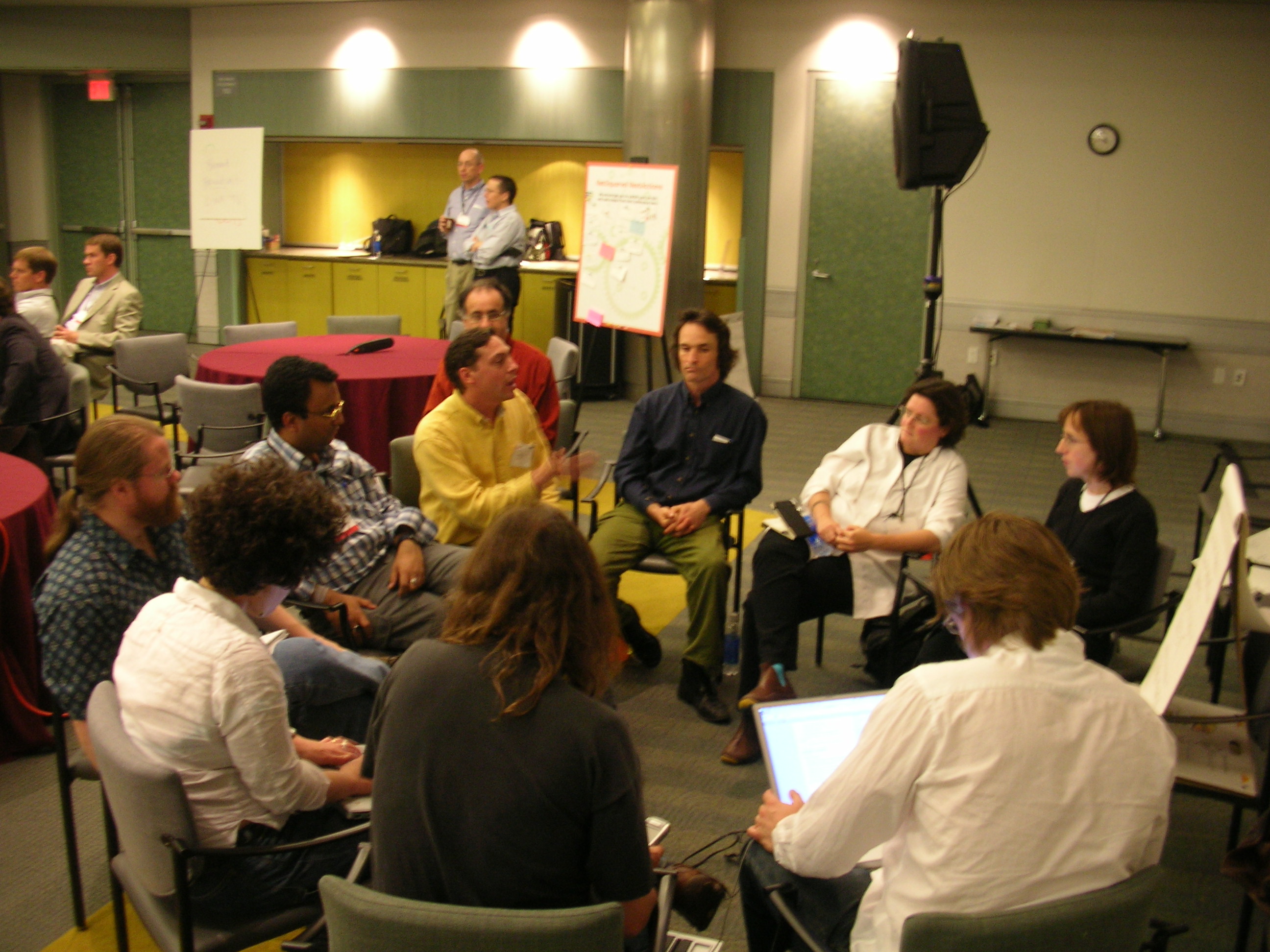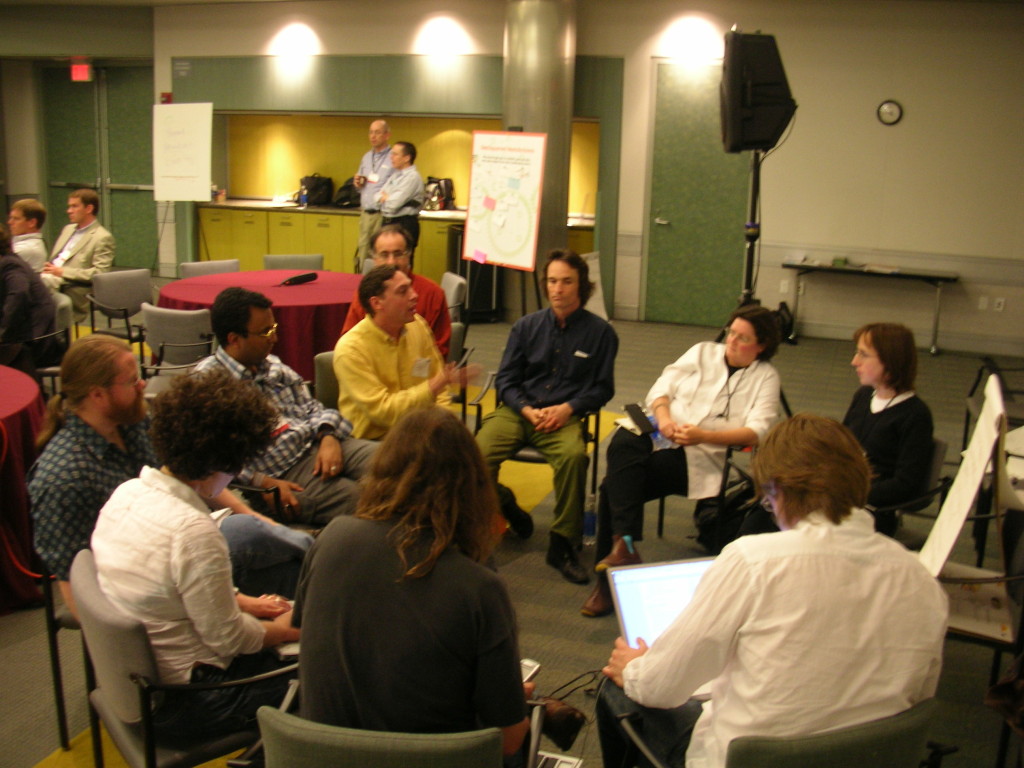Testosterone is the hormone that makes men look and act like men. It gives men a deep voice, body and facial hair, produces sperm, helps build muscles and shed fat, and increases the libido and sexual performance. It has more subtle effects on mood, blood cell production, and the ability to concentrate on tasks for extended periods. Testosterone is important.
Nature doesn’t think you’ll need as much testosterone as you get older, and a man’s natural production decreases every year after the age of about 25 or so, although it’s barely noticeable until a man reaches his forties. After that, the process accelerates, and the lack of testosterone begins to show more clearly.
Age isn’t the only reason for hypogonadism, the medical term for a lack of testosterone production in the body. Some men just naturally produce less testosterone than others throughout their entire lives, and injuries and diseases can also affect a man’s ability to produce this vital hormone. The severe effects that a lack of testosterone can bring on has led many men to seek hormone replacement therapy to stop or reverse their hypogonadism.
Cure the Underlying Cause First
Hypogonadism is much better understood by doctors, nutritionists, and physiologists than it was in years past, and there’s much more that can be done to help men suffering from the effects of low testosterone. Doctors will tell you that it’s more important to understand the underlying causes of low testosterone than to treat its symptoms, however. If your hypogonadism is easily explained because of your age, then testosterone replacement therapy is probably called for to lessen the physical manifestations. If your lack of testosterone is due to an underlying disease, doctors will concentrate on diagnosing and curing the malady before undertaking any replacement therapy.
That’s because the underlying disease might be more severe than hypogonadism, and ignoring it might do much greater harm in the long run. Also, if an otherwise healthy man is suffering from hypogonadism due to an injury or disease, curing the underlying problem will often restore the patient to his normal production of testosterone.
What Exactly Is Considered Low Testosterone?
Low levels of testosterone production in the body affect different people in different ways. Some men show very low levels in the bloodstream, but have no significant outward symptoms. Other men show a lot of hormones in a blood test, but show symptoms associated with hypogonadism. That’s because your body’s ability to process testosterone is just as important as its ability to produce it. A man that produces little testosterone, but whose body uses all of it, is better off than a man that produces a great deal but can’t turn it into the building blocks associated with male human physical, mental, and sexual health.
That’s why doctors look for physical signs of hypogonadism instead of relying totally on blood tests. Whenever endocrinologists need to base a diagnosis of low testosterone purely on levels of the hormone in the bloodstream, they use a level of 300 ng/dl as a rule of thumb. It’s not perfect, but it is a starting point for diagnosis.
Hypogonadism can occur due to a number of reasons. Genetics, age, disease, lifestyle choices, diet, use of drugs and anabolic steroids can also inhibit the bodes ability to produce endogenous testosterone.
Many males now seek performance and image enhancement drugs (PEIDs), turning to the internet to buy illegal anabolic steroids. The usage of steroidal drugs has meant that hypogonadism is now much more common in men.
In Order to Be Useful, Testosterone Has to Be Available
Another important measurement of hypogonadism is the percentage of testosterone that’s free in the bloodstream. In this case, “free” means unattached to other molecules. Endocrinologists can now measure the amount of testosterone that is bound to a molecule called Sex Hormone Binding Globulin, normally referred to as SHBG. Many therapies and nutritional approaches to improving free testosterone in the body concentrate on breaking the bond in this molecule to increase the amount of usable testosterone in the bloodstream using only what the body is already producing.
Who Should and Shouldn’t Get Testosterone Replacement Therapy
If you have symptoms of hypogonadism, and your levels of free testosterone in the body are less than 300 ng/dl, your physician will almost always prescribe testosterone replacement therapy. This therapy is not recommended for men suffering from the following conditions, however:
- Lower urinary tract infections or obstructions
- Prostate cancer
- Breast cancer
- Obstructive sleep apnea
- Congestive heart failure
- High blood pressure
If a man suffering from hypogonadism doesn’t have any of these conditions, they can usually begin testosterone replacement therapy right away. Therapy can consist of injections, skin patches, gels that are applied to the skin, pills, and gels that are applied to the gums.


Be the first to comment on "Testosterone Replacement Therapy in Men"